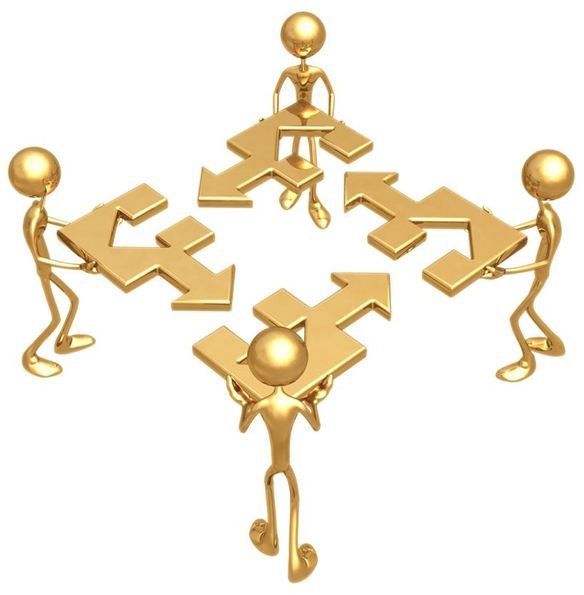Positive and Negative Competition: Influences on Project Team Success
Different Types of Competition
When people think of competition, they typically think of negative competition, which leads to hostility, negative attitudes, and a “winner-takes-all” mentality. However, contrary to popular belief, there are two types of competition: positive and negative. Therefore, it is critical for businesses and project managers to recognize the differences between the two types of competition and learn how to foster positive competition while reducing or eliminating negative competition.
Before explaining the differences between positive and negative competition, it is important to understand what competition is. According to the Merriam-Webster dictionary, competition is the act of competing or an effort of two or more independent parties to achieve a desired result. In a project team situation, internal competition can take one of three forms:
- An individual team member competing against another individual team member,
- An individual team member competing against the entire team, or
- An entire team competing against another project team within the same organization.
The desirable form of competition is often referred to as positive, healthy, or cooperative competition. As the name suggests, positive competition promotes an “everyone wins” attitude where team members work collectively toward a common goal and the reward is communal. In positive competition, individual team members can also compete to improve their own placement within the team, but in a cooperative manner in which there is mutual respect and pleasant interactions that do not jeopardize other team members.
The undesirable form of competition is commonly referred to as negative, unhealthy, or destructive competition. This form of competition is similar to a zero-sum game, in which the success of one independent party depends entirely on the failure of the other involved party. This type of competition seeks to benefit one party while damaging the other, which promotes fear, hostility, anger, and decreased respect and teamwork.
Advantages and Disadvantages
Since there are two distinct forms of competition, it is easy to see how each type leads to either advantages or disadvantages for a project team.
The advantages of encouraging positive competition among team members greatly enhance the likelihood that a project team is successful. These benefits include increased productivity resulting from cooperative teamwork and mutual efforts. Additionally, a team can expect to produce higher quality output because positive competition often results in increased motivation, innovation, and creativity necessary to improve processes and results. Finally, positive competition fosters a sense of respect, care, consideration, and empathy toward all team members, which leads to a team-oriented mindset.
When a project team experiences negative competition, there are many disadvantages that greatly jeopardize a team’s ability to successfully grow and produce desirable results. First, negative competition fosters hostility, anger, and pessimism, which leads to increased instances of stress and physical ailments. Unhealthy competition also negatively influences a team’s morale and team-based spirit, therefore negatively affecting productivity, teamwork, and cooperation. Furthermore, this type of competition fosters feelings of suspicion and lack of trust among members, which leads to the development of rivals, decreased productive energy, and potential violations of ethical standards.
Ways to Encourage Positive Competition
It is evident that positive competition is desired among project teams and within organizations. Therefore, the following guidelines can be used to ensure a project team or company encourages positive competition while simultaneously discouraging and possibly eliminating negative competition.
- Recognize individual achievements and demonstrate how others can benefit from implementing the same actions to achieve similar successes, which benefit overall team success.
- Implement a mentorship or buddy program that enables team members to learn from peers in a positive and cooperative manner.
- Try to refer to competition in terms of the big picture and end project results, rather than solely in terms of individual achievements and successes.
- Reward employees for team achievements and keep individual rewards to a minimum.
- Organize competitions that encourage individuals to compete with their own past results, rather than trying to surpass other team members’ results.
